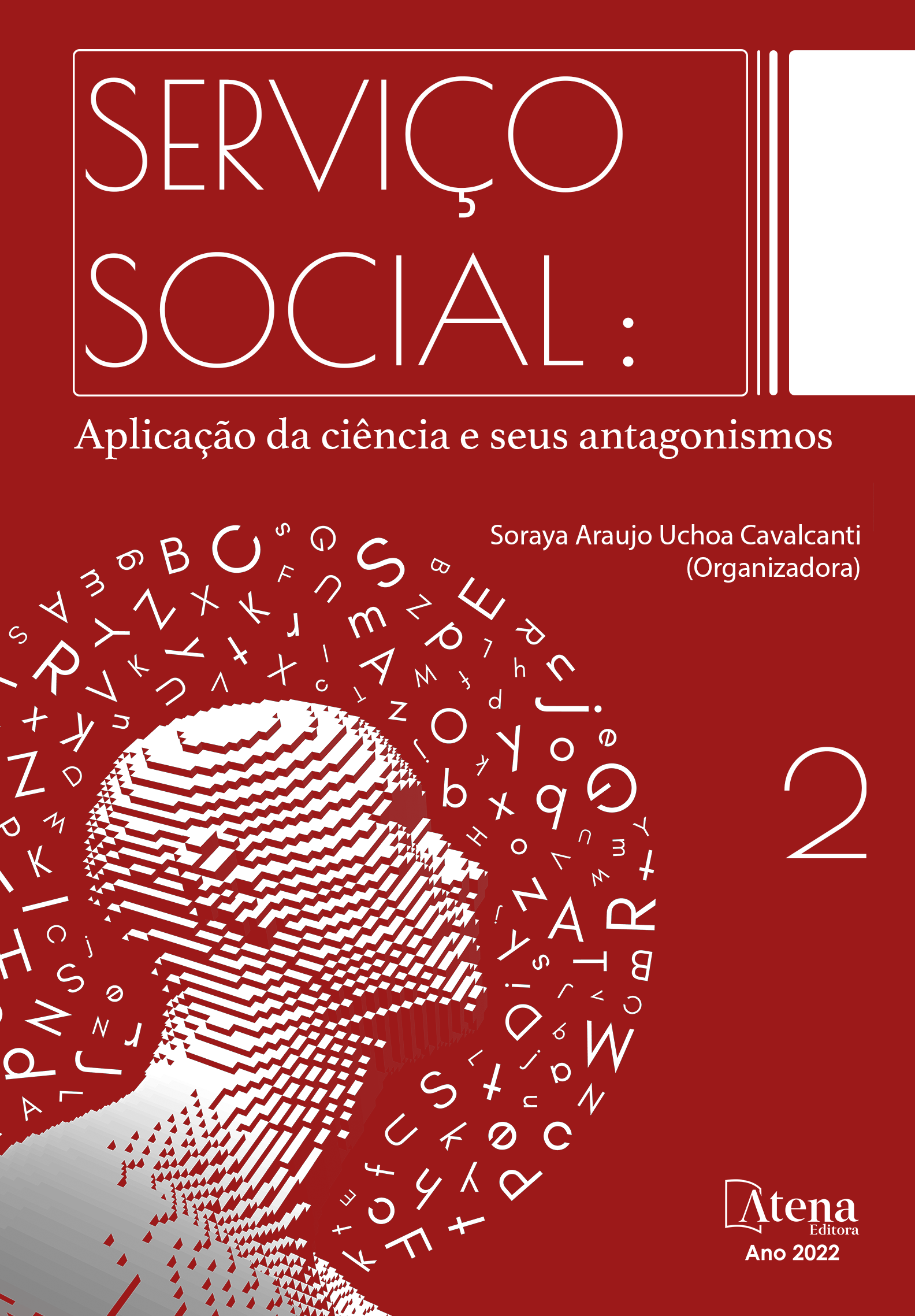
Estudiantes y docentes: miradas sobre qué define a un buen profesor universitario
La vida cotidiana al interior de la institución Universidad está atravesada por una multiplicidad de factores que afectan a sus protagonistas. Uno de estos factores es la relación que se establece entre docentes y estudiantes. En un anterior trabajo realizado en el marco de nuestro proyecto de investigación, aplicamos el método asociativo a los estudiantes de primer año de todas las carreras de la Facultad de Ciencias Económicas, Jurídicas y Sociales de la Universidad Nacional de San Luis, Argentina, con el fin de indagar cuál es su representación del “buen profesor”. Nos interesó particularmente centrarnos en los alumnos de primer año, ya que se están insertando en una nueva experiencia con algunas características distintivas a las cuales deben adaptarse, a su vez sus profesores enfrentan el desafío de transmitir las nuevas reglas y acompañar el proceso de adaptación. Con la intención de completar la lectura de esta realidad, aplicamos el método asociativo a la totalidad de docentes que dictan cursos en el primer año de nuestras carreras, en el presente trabajo comparamos los resultados obtenidos con la intención de descubrir las discrepancias o coincidencias en las representaciones que estudiantes y docentes tienen acerca del buen profesor. Concebimos a las representaciones como aquellas estructuras simbólicas encargadas de atribuir sentido a la realidad y definir y orientar los comportamientos. Las representaciones permiten al individuo reconstruir la realidad y atribuirle una significación específica, actuando como un marco de referencia que permite a los sujetos comprender las situaciones y planificar sus acciones, funcionan, al decir de Abric, como una “guía para la acción”. Es por ello que creemos que el acercarnos a ellas nos permitirá desentrañar algunas características de proceso de enseñanza-aprendizaje al que se enfrenta la realidad educativa actual, e interpelarnos como docentes para intentar buscar los modos de revertir o reforzar las tendencias y las prácticas que los sujetos implicados le imprimimos al quehacer cotidiano.
Estudiantes y docentes: miradas sobre qué define a un buen profesor universitario
-
DOI: 10.22533/at.ed.39122180210
-
Palavras-chave: universidad – representaciones – docencia
-
Keywords: university – representations – teaching
-
Abstract:
The daily life within the University institution is crossed by a multiplicity of factors that affect its protagonists. One of these factors is the relationship established between teachers and students. In an earlier work made in the frame of our research project, we applied the associative method to the first year students of all the careers of the Faculty of Economic, Legal and Social Sciences of the National University of San Luis, Argentina, to inquire what is your representation of the "good teacher". We were particularly interested in focusing on first-year students, since they are inserting themselves in a new experience with some distinctive characteristics to which they must adapt, for its part their teachers face the challenge of transmitting the new rules and accompanying the adaptation process. With the intention of completing the reading of this reality, we apply the associative method to the totality of teachers who teach courses in the first year of our careers, in this work we compare the results obtained with the intention of discovering the discrepancies or coincidences in the representations that students and teachers have about the good teacher. We conceive representations like the symbolic structures responsible for attributing meaning to reality and defining and guiding behaviors. The representations allow the individual to reconstruct reality and attribute a specific meaning, acting as a frame of reference that allows subjects to understand situations and plan their actions; they work, according to Abric, as a "guide for action". That is why we believe that approaching them will allow us to unravel some characteristics of the teaching-learning process that the current educational reality faces, and interpellate us as teachers to try to find ways to reverse or reinforce the tendencies and practices that the implied subjects we print to the daily task.
-
Número de páginas: 12
- Monica Alejandra Gomez


